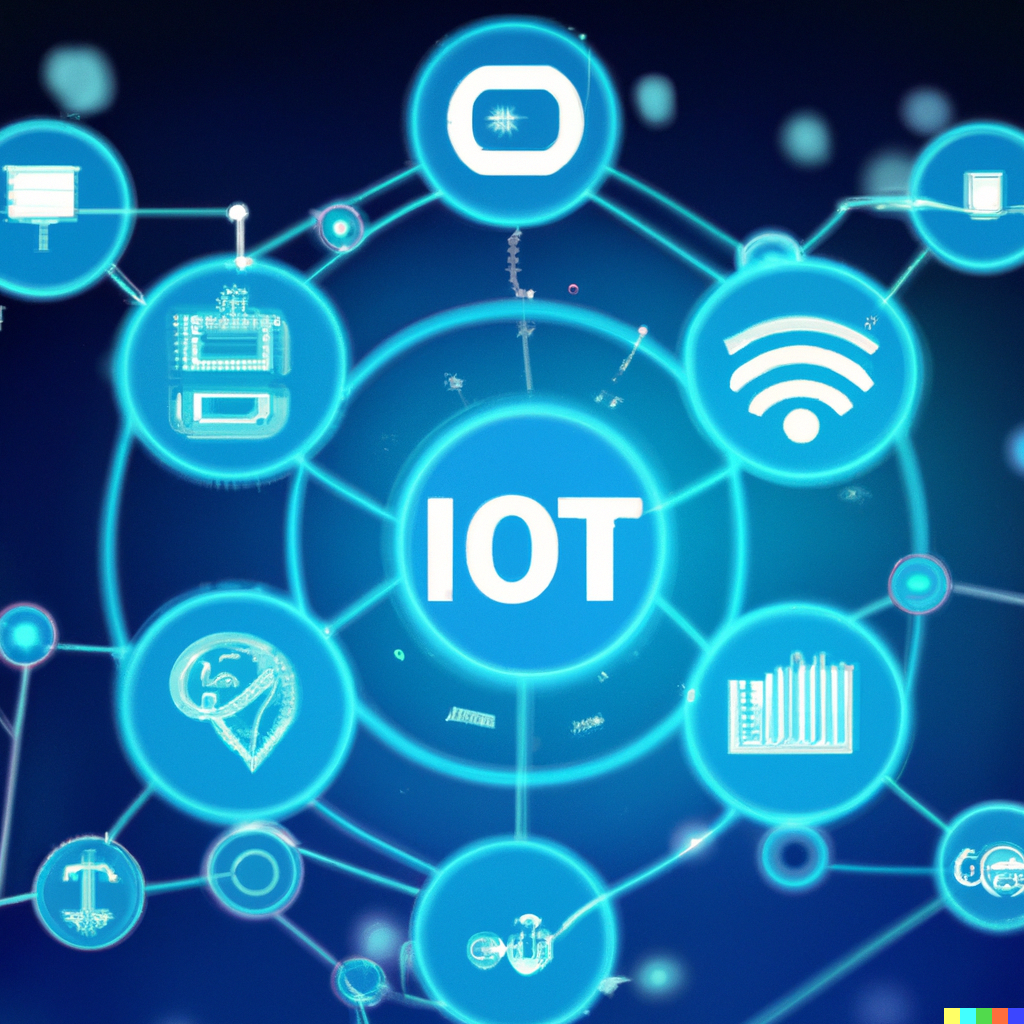October 20 |

In a world where technology evolves faster than ever, the Internet of Things (IoT) has emerged as one of the most transformative forces of the 21st century. From smart homes to connected cities and intelligent factories, IoT is reshaping how we live, work, and interact with the world around us.
But what exactly is IoT, how does it work, and why does it matter so much? Let’s dive in.
The Internet of Things refers to a vast network of interconnected physical devices—from everyday household items to complex industrial machinery—that collect and exchange data through the Internet.
In simple terms, IoT connects “things” (like sensors, appliances, vehicles, and wearables) so they can communicate, analyze, and act on information—often without direct human intervention.
Examples of IoT in action:
IoT operates through a combination of four key components:
Example:
A smart refrigerator uses internal sensors to detect low milk levels, connects to your Wi-Fi, analyzes your grocery usage, and can even place an order automatically.
IoT is not a futuristic concept—it’s already everywhere. Here are some of the most impactful areas where IoT is transforming industries:
From smart lights to security cameras, IoT makes our living spaces more comfortable, secure, and energy-efficient.
Connected medical devices help doctors monitor patients remotely, track vital signs, and even predict health issues.
IoT-powered systems monitor soil health, weather patterns, and crop conditions to increase yield and reduce resource waste.
Smart sensors and predictive maintenance tools reduce downtime and optimize production.
Connected cars and smart traffic systems improve safety, reduce congestion, and support autonomous driving.
IoT enables efficient management of energy, waste, water, and traffic—creating more sustainable urban environments.
While IoT offers countless benefits, it also presents several challenges:
The future of IoT is intelligent, autonomous, and everywhere. With advancements in AI, 5G, and edge computing, devices will become more self-reliant and capable of making complex decisions in real-time.
Analysts predict that by 2030, over 25 billion devices will be connected worldwide. From smart healthcare ecosystems to fully automated factories, IoT will continue to blur the lines between the physical and digital worlds.
The Internet of Things is not just a technological trend—it’s a revolution that’s changing the fabric of our daily lives. By connecting devices, systems, and people, IoT enables a world that’s smarter, more efficient, and more responsive than ever before.
However, with great connectivity comes great responsibility. Ensuring security, privacy, and interoperability will be critical as we move into an increasingly connected future.
SHARE THIS:
© Copyright 2025Global Trailblazer AwardsAll Rights Reserved